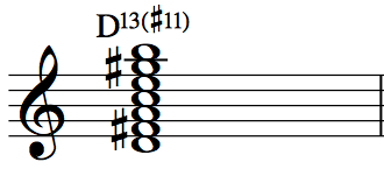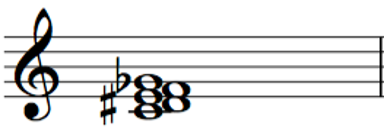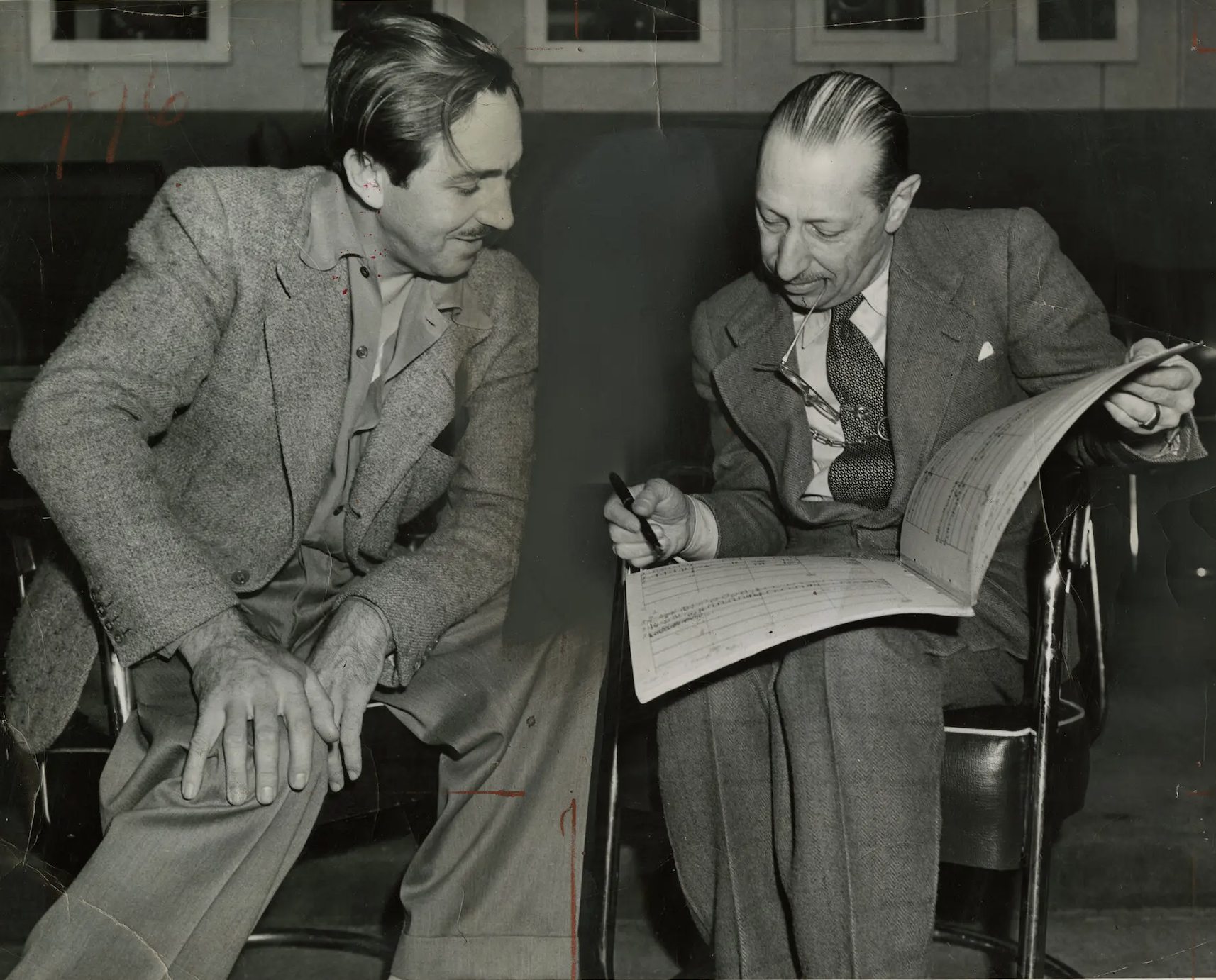Igor Stravinsky
The 20th & 21st Centuries
George Grantham Bain Collection, Public domain, via Wikimedia Commons
In 1882, the year after the assassination of Tsar Alexander II, Igor Fyodorovich Stravinsky was born in a small town outside Saint Petersburg. Although both his parents were musicians, he seems to have had a difficult relationship with them, and was educated by a governess. He began piano lessons early, but preferred improvising to practicing, and became skilled at sight-reading to make up for it. As a teenager, he attended school but had few friends; instead, he attended rehearsals and performances at Saint Petersburg's Mariinsky Theater just about every day.
In 1901, at the age of 18, Stravinsky initially in law school at Saint Petersburg University. There, he befriended the son of Nikolai Rimsky-Korsakov, who was not impressed with his compositions but encouraged him to keep studying informally. (Eventually, Rimsky-Korsakov would refer to Stravinsky's music as "not bad.") Stravinsky was unable to finish his law degree, because the university closed after the "Bloody Sunday" massacre and subsequent uprising of 1905.
With a half-degree in hand, Stravinsky married his first cousin Yekaterina, which was illegal, so he had to leave the city to find a priest who didn't ask too many questions.
Stravinsky continued developing as a composer with support from Rimsky-Korsakov, until the latter's death in 1908. His music impressed the founder of the Russian ballet, Sergei Diaghilev, who in 1910 commissed Stravinsky to compose the music for an upcoming ballet, The Firebird.
The ballet premiered in Paris and catapaulted Stravinsky to international acclaim. His avant-garde style of expressionism was revolutionary at the time, and Stravinsky became one of the leading voices of Europe's artistic elite in an era where this increasingly meant art that only other artistic elite could appreciate. His music particularly impressed Claude Debussy, and the two became friends.
Just a few years later, Stravinsky's ballet The Rite of Spring caused a riot at its 1913 premiere in the Paris Opera House, although this was possibly due more to the choreographer Vaslav Nijinsky's expressionist choreography than the music. Nevertheless, Stravinsky's style was very influential on later composers. He was highly experimental and notable for his use of dissonance and unpredictable multimeter.

Color Tone
A color tone is any type of non-chord tone added to create a dissonant effect.
Polychord
A polychord is formed when two or more triads sound simultaneously.
Upper Extension
Upper extension chords are made by continuing to stack thirds on top of a triad. These chords can reach up to a 13th above the root.
Tone Cluster
A tone cluster or "clusterchord" is made by playing a group of adjacent semitones simultaneously.
The New York Times
Stravinsky moved to Switzerland and then France in 1918, beginning an almost-50-year exile from his homeland, although he was probably not too sorry to be out of Russia at that particular moment. In France, however, he became more interested in his Russian Orthodox faith in the 1920s and began writing some religious compositions, including an a cappella Pater Noster and the 1930 Symphony of Psalms.
In 1939, Stravinsky lost his eldest daughter, wife, and mother to tuberculosis, and decided to move to the United States, which in retrospect turned out to be an excellent year to get out of France. Stravinsky married again and spent the rest of his life in America, composing ballets, concert works, and collaborating with other musicians in Hollywood, California.
In 1940, Stravinsky collaborated with Walt Disney on the 1940 film "Fantasia," which featured "The Rite of Spring" set to a series of animated shorts. "Fantasia" was the first film recorded in stereophonic sound, creating a realistic 3-dimensional soundscape. Although Stravinsky was unsatisfied with the final product, the film was highly successful and put his music in front of a much wider audience.
Stravinsky became an American citizen in 1945 and remained in the United States for most of the rest of his life, composing, conducting, and lecturing. He did return to Russia (now the Soviet Union) on a concert tour in 1962 after nearly fifty years, where he met Dmitri Shostakovich and Soviet premier Nikita Kruschev, visited his home town, reconnected with family, and gave performances of his orchestral works. Stravinsky moved to New York in 1969, where he passed away in 1971 at the age of 88.
